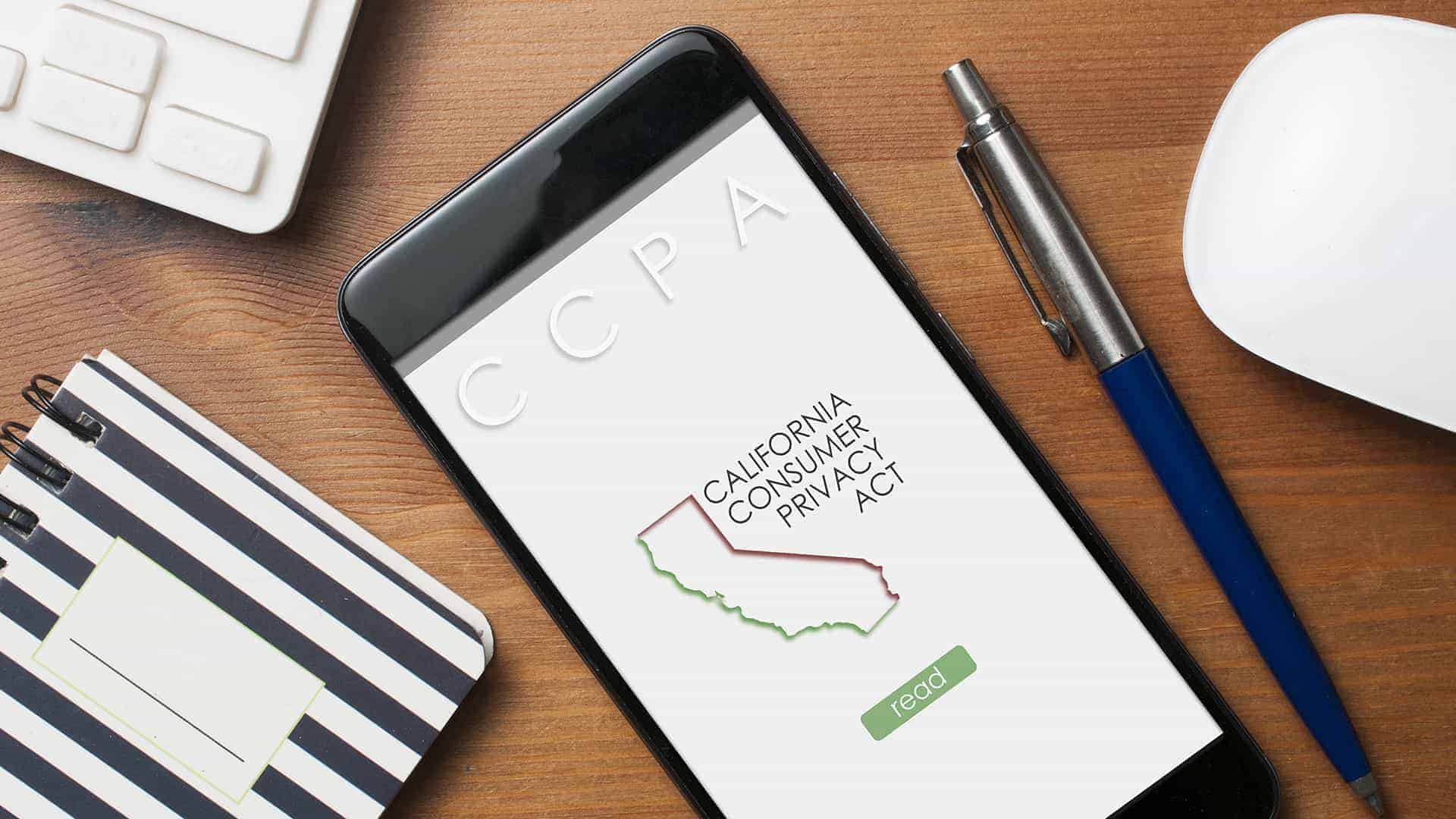
2nd Cir. Holds FDCPA Does Not Require Itemization of ‘Amount of the Debt’
The U.S. Court of Appeals for the Second Circuit held that a debt collection letter that informs the consumer of the total, present quantity of his or her debt satisfies section 1692g of the federal Fair Debt Collection Practices Act (FDCPA) notwithstanding its failure to inform the consumer of the debt’s constituent components or the precise rates by which it might later increase.
The Court further held that such a letter does not violate section 1692e of the FDCPA for failure to inform the consumer that his or her balance might increase due to interest or fees when the letter contains the “safe harbor” language previously ratified by the Second Circuit.
Accordingly, the Second Circuit affirmed the trial court’s dismissal of the complaint.
A copy of the opinion in Kolbasyuk v. Capital Mgmt. Servs. LP is available at: Link to Opinion.
The borrower owed a debt to the bank, which it hired the collector to collect.
The collector sent the borrower a letter stating the present amount of the debt, as well as the identity of the original and current creditor, the bank. The letter further contained the collector’s address and contact information, including a website at which the borrower could submit his payment.
The letter noted that it was a “communication . . . from a debt collector,” and contained the following language:
“As of the date of this letter, you owe $5918.69. Because of interest, late charges, and other charges that may vary from day to day, the amount due on the day you pay may be greater. Hence, if you pay the amount shown above, an adjustment may be necessary after we receive your check, in which event we will inform you before depositing the check for collection. For more information, write the undersigned or call [telephone number].”
After receiving the letter, the borrower filed a putative class action alleging that it violated sections 1692e and 1692g of the FDCPA.
Specifically, the complaint alleged that the letter violated those provisions because it failed to inform him, among other things, “what portion of the amount listed is principal,” “what ‘other charges’ might apply,” “if there is ‘interest,’” “when such interest will be applied,” and “what the interest rate is.”
The borrower also alleged that the letter conveyed the mistaken impression “that the debt could be satisfied by remitting the listed amount as of the date of the letter, at any time after receipt of the letter.”
The trial court dismissed the complaint, finding that the letter did not violate the FDCPA. In reaching its conclusion, the trial court noted that the letter “stated the amount plaintiff owed as of its date,” and “stated the amount owed may increase due to interest and fees.”
The borrower appealed.
On appeal, the Court first noted that in the Second District “the question of whether a communication complies with the FDCPA is determined from the perspective of the ‘least sophisticated consumer.’”
The Court next addressed each of the borrower’s claims.
As you may recall, section 1692g of the FDCPA provides as follows in relevant part: “Within five days after the initial communication with a consumer in connection with the collection of any debt, a debt collector shall . . . send the consumer a written notice containing – (1) the amount of the debt[.]”
Although the collector’s letter advised the borrower that he owed $5,918.69, he claimed it did not include the required “amount of the debt” because it failed to inform him of what portion of the amount listed was principal, what other charges might apply, if there was interest, when such interest would be applied, and what the interest rate is.
The Second Circuit rejected the borrower’s argument, explaining that “[t]he text of Section 1692g clearly forecloses [the borrower’s] argument,” because it only required the collector to inform the borrower of the “amount of the debt.”
Moreover, “[t]he word ‘amount’ signifies a total, present quantity,” and “debt” is defined in the FDCPA as “any obligation or alleged obligation of a consumer to pay money arising out of a transaction.”
Thus, “amount of the debt” signifies the total, present quantity that the consumer is obligated to pay.
The Court determined that “this is exactly the figure that [the collector] provided: the total, present quantity of money that [the borrower] was obligated to pay [the bank] as of the date of [the collector’s] letter.”
Next, the Second Circuit addressed the section 1692e claim. As you will recall, that section provides that “[a] debt collector may not use any false, deceptive, or misleading representation or means in connection with the collection of any debt.”
Section 1692e also provides a non-exhaustive list of 16 potential violations of its terms, but the borrower did not rely on any of them, and instead alleged that the collector violated section 1692e because “[t]he least sophisticated consumer could reasonably believe that the debt could be satisfied by remitting the listed amount as of the date of the later, at any time after receipt of the letter.”
The Second Circuit again rejected the borrower’s argument, noting that the collector “did disclose – quite explicitly – that [the borrower’s] balance might increase.”
Thus, “[n]ot even the least sophisticated consumer could conclude that his debt ‘could be satisfied by remitting the listed amount . . . at any time after receipt of the letter,’ in the face of an explicit warning to the contrary.”
Further, the Second Circuit observed that the language from the collector’s letter “identically tracks the ‘safe harbor’ language adopted by the Seventh Circuit in Miller v. McCalla, Raymer, Padrick, Cobb, Nichols, & Clark, L.L.C., 214 F.3d 872 (7th Cir. 2000),” which language was imported by the Second District in Avila v. Riexinger & Associates, LLC, 817 F.3d 72 (2d Cir. 2016).
The Court explained that although the safe harbor language does not immunize debt collectors from all liability under section 1692e, it does immunize a debt collector from a section 1692e claim predicated upon an alleged “fail[ure] to disclose that the consumer’s balance may increase due to interest and fees.”
Accordingly, the Second Circuit affirmed the trial court’s dismissal of the borrower’s complaint.
About Maurice Wutscher
Maurice Wutscher is a national financial services defense and compliance law firm providing superlative defense and unmatched dedication to clients in key cities nationwide. Maurice Wutscher specializes in appellate matters, business formation and transactions, class action litigation, commercial litigation, construction litigation, consumer credit litigation, contested bankruptcies, contested foreclosures, employment litigation, insurance recovery and advisory services, intellectual property litigation, regulatory compliance, and trials and evidentiary hearings. Maurice Wutscher’s attorneys are leaders and influencers in the area of consumer financial services law, serving in leadership positions in industry groups and regularly publishing and speaking before national audiences. Bold leadership, strategic guidance and sound insight are the hallmarks of the Maurice Wutscher professional. The firm is committed to providing unparalleled client service, efficiency, and thought leadership.
This article is courtesy of Maurice Wutscher LLP. The original article was written by Jeffrey Karek and published on The Consumer Financial Services Blog.




